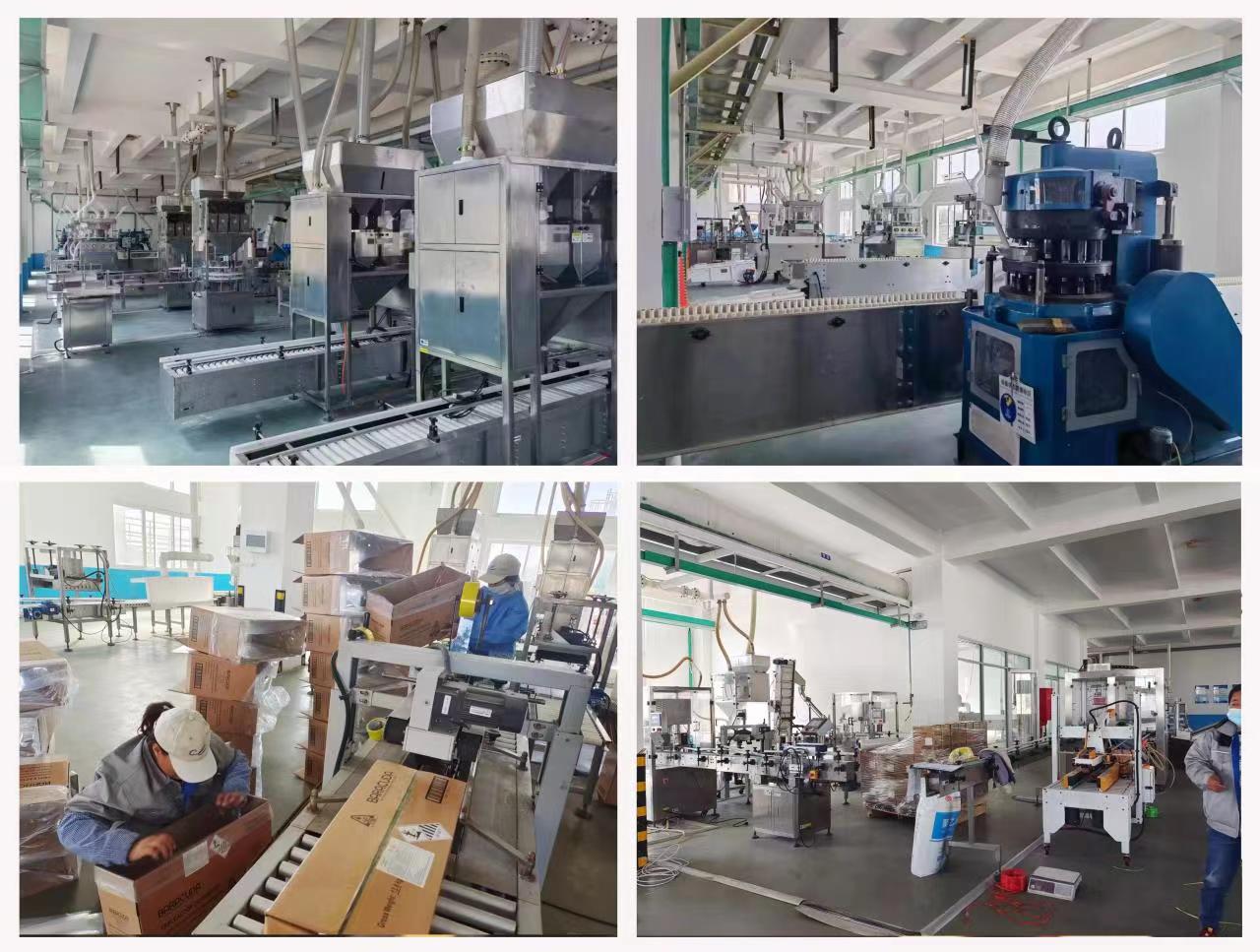

Select Language


Payment Type:D/P,D/A,T/T,L/C
Incoterm:EXW,CIF,CFR,FOB
Brand: kopeo
CAS No.: 26100-51-6
Place Of Origin: China
Color: White
Application: Plastic Products
Type: 100%Biodegradable Material
Appearance: Granular
Grade: Biodegradable Grade
EINECS No.: 201-245-8
Other Name: PLA
Feature: High Strength
Payment Type: D/P,D/A,T/T,L/C
Incoterm: EXW,CIF,CFR,FOB
Polylactic Acid (PLA) is one of the more mature biodegradable plastics in research and application. Its raw materials come from renewable plant fibers, corn, agricultural by-products, etc., with good biodegradability.PLA's mechanical properties are excellent, similar to polypropylene plastics, can be used in some areas to replace the PP and PET plastics, while both good gloss, transparency, feel and a certain degree of bacteriostatic properties.
1. The current production of Polylactic Acid
Currently there are two routes for the synthesis of polylactic acid, one is the direct polycondensation method, that is, lactic acid in the high temperature and low pressure direct dehydration polycondensation, the production process is simple, low cost, but the product molecular quality is not uniform, the practical application of the effect is poor. The other is the propylene glycol ester ring-opening polymerization method, which is the mainstream production method at present.
2. Degradability of Polylactic Acid
Polylactic acid is more stable at room temperature, but it is easy to be degraded rapidly into CO2 and water in slightly higher temperature environment, acid and alkali environment, and microbial environment. Therefore, it is possible to control the environment and fillers so that PLA products can be used safely within the validity period and can be degraded in time after being discarded.
Factors affecting the degradation of Polylactic Acid mainly include molecular mass, crystalline state, microstructure, environmental temperature and humidity, pH value, light time and environmental microorganisms. Co-mingling of Polylactic Acid with other materials can affect the degradation rate. Such as Polylactic Acid add a certain amount of wood flour or corn stover fiber can greatly accelerate the degradation rate.
3. Barrier properties of Polylactic Acid
Barrier refers to the ability of the material to prevent gas, water vapor transmission. Barrier properties are very important for packaging materials, and the most common biodegradable plastic bags on the market today are PLA/PBAT composites. Improving the barrier properties of Polylactic Acid films can broaden application areas.
Factors affecting the barrier properties of PLA mainly include its own factors (molecular structure and crystallization state) and external factors (temperature, humidity, external forces).
(1) Heating of PLA films reduces their barrier properties, so PLA is not suitable for food packaging that requires heating.
(2) Stretching PLA within a certain range increases the barrier property. When the stretch ratio is increased from 1 to 6.5, the crystallinity of PLA is greatly increased, so the barrier property is improved.
(3) Adding some barrier materials (e.g., clay and fibers) to the PLA matrix can improve the barrier property of PLA. This is because the barrier lengthens the curved path of the water or gas permeation process of small molecules.
(4) Coating the surface of Polylactic Acid film can improve the barrier property.
4. Mechanical Properties of Polylactic Acid
PLA has good strength, but lacks toughness and is extremely easy to bend and deform, usually requiring toughening modification. In order to ensure the biodegradability of PLA, usually with biodegradable resins for blending toughening modification. pBAT, PBS, PCL, Natural Rubber and other substances can improve the toughness of PLA.
5. Optical properties of Polylactic Acid
Polylactic acid has other degradable plastics with little transparency and gloss, and cellophane and PET is comparable, especially suitable for use as visual packaging, decorative effect is better. Generally the transparency and gloss of PLA do not need to be improved, it should be noted that in other aspects of modification as far as possible not to reduce its good transparency to ensure the visibility of its packaging and decorative effect.
6. Thermal properties of Polylactic Acid
The thermal stability of PLA material is comparable with PVC, but lower than PP, PE and PS, etc. The processing temperature is generally controlled between 170~230℃, which is suitable for injection, stretching, extrusion, blow molding, 3D printing and other processing techniques.
In the actual process, PLA crystallization rate is slow, generally need to be modified. Due to the slow crystallization rate and low crystallinity, the heat distortion temperature of PLA is low, which limits its application in hot filling or heat sterilization product packaging.
In order to improve the PLA crystallization rate and crystallinity, PLA can be manufactured with the highest possible optical purity. Annealing treatment is also a way to improve the crystallinity of PLA, in addition to the addition of nucleating agents to improve the crystallization behavior and increase its crystallinity, which in turn increases the heat deflection temperature and improves its heat resistance.

Company information
The company's main import and export products include
(1)Flavors and Fragrances:Flavors or flavor preparations refer to mixtures of aromatic compounds (and in some cases single compounds) that impart a specific flavor or aroma to a variety of consumer products.Fragrance refers to the material with an aromatic odor itself. Most of the pastries and cookies can be added with spices and fragrances in order to improve or enhance the aroma and flavor. These fragrances are called flavoring agent. Spices, according to different sources, can be divided into natural and artificial spices. Fragrance is compound spices made from several or dozens of spices via diluent blending.Fragrance is an important raw material directly used to increase the food flavor.
(2)Rubber Products:Rubber products refers to natural and synthetic rubber as raw materials for the production of a variety of rubber products activities, but also includes the use of waste rubber reproduction of rubber products. The output of synthetic rubber has greatly exceeded the natural rubber, of which the largest output is styrene butadiene rubber.
